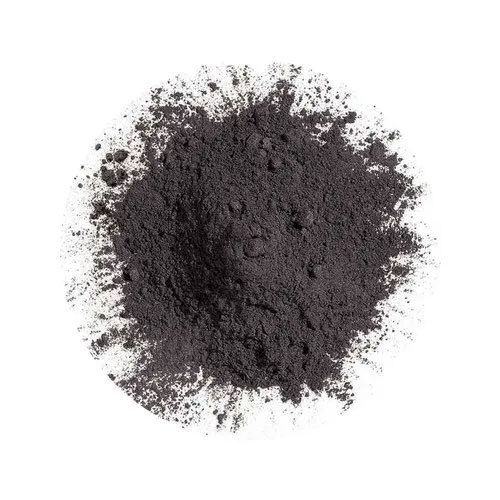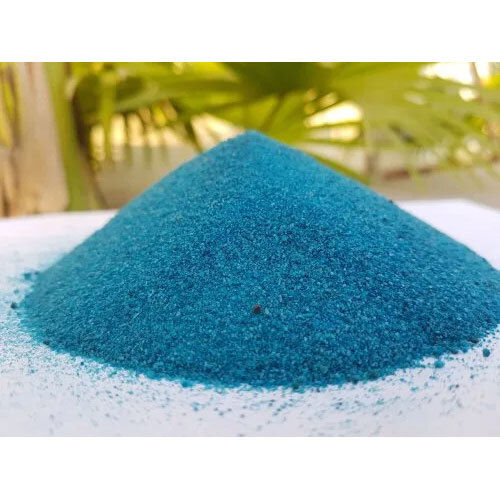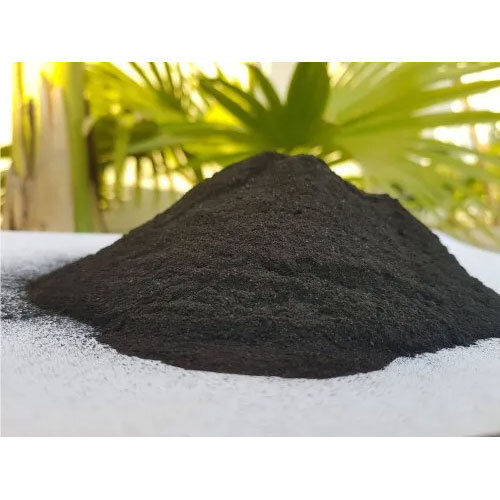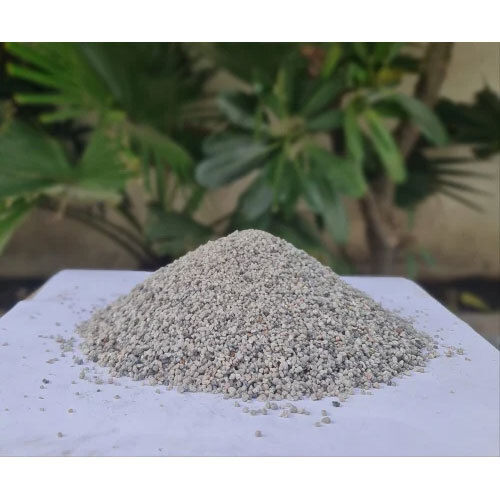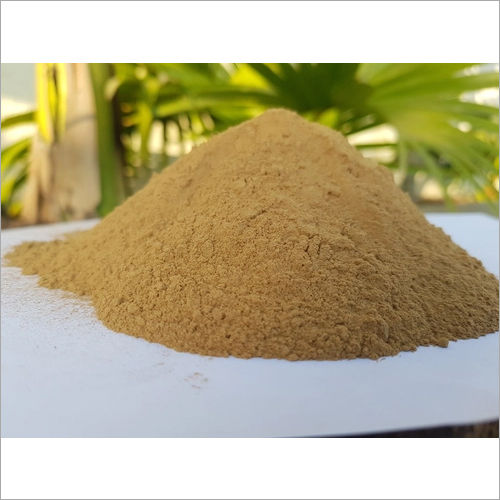Call : 07313727048
Graphite Powder
38 INR/Kilograms
Product Details:
- Form Powder
- Storage Room Temperature
- Purity High
- Type Graphite Powder
- Usage Industrial
- Click to View more
X
Graphite Powder Price And Quantity
- 38 INR/Kilograms
- 500 Kilograms
Graphite Powder Product Specifications
- Industrial
- Graphite Powder
- Room Temperature
- Powder
- High
Graphite Powder Trade Information
- 5000 Kilograms Per Month
- 7 Days
Product Description
Graphite powder is a versatile material used in various foundry applications due to its unique properties, such as high thermal conductivity, lubricity, and resistance to high temperatures. Here's an overview of graphite powder and its uses in foundries:
-
Composition:
- Carbon Content: Graphite powder is primarily composed of elemental carbon, typically with a purity of over 99%. This high carbon content gives graphite its characteristic properties, including thermal conductivity and lubricity.
- Particle Size: Graphite powder comes in various particle sizes, ranging from fine powders to coarse flakes, depending on the specific requirements of the application.
- Additives: Depending on the application, graphite powder may contain additives or binders to improve flowability, adhesion, or other performance characteristics.
-
Properties:
- High Thermal Conductivity: Graphite powder exhibits excellent thermal conductivity, making it an ideal material for heat transfer applications in foundries.
- Lubricity: Graphite powder has natural lubricating properties, reducing friction and wear between moving parts and surfaces.
- Chemical Stability: Graphite is chemically inert and resistant to most acids, alkalis, and solvents, making it suitable for use in corrosive environments.
- High Temperature Resistance: Graphite powder can withstand high temperatures without melting or degrading, making it suitable for use in high-temperature foundry applications.
- Electrical Conductivity: Graphite powder is electrically conductive, allowing it to be used in applications where electrical conductivity is required.
-
Uses:
- Mold Release Agent: Graphite powder is used as a mold release agent in foundry operations to prevent metal castings from sticking to the mold cavity. It is applied to the mold surfaces to create a thin, lubricating layer that facilitates easy mold separation and improves casting quality.
Tell us about your requirement

Price:
Quantity
Select Unit
- 50
- 100
- 200
- 250
- 500
- 1000+
Additional detail
Mobile number
Email
Other Products in 'Minerals Binders' category
 |
PATEL CORPORATION
All Rights Reserved.(Terms of Use) Developed and Managed by Infocom Network Private Limited. |
 Send Inquiry
Send Inquiry